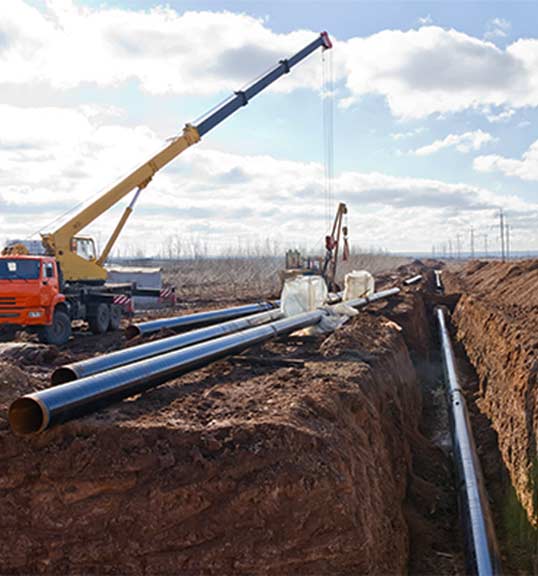The Gulf Beach Condominium is typical of the type of construction used in the 1980’s for low rise buildings utilizing reinforced steel columns and beams for the framework of the structure. However, the balconies are unusual as they are constructed of prestressed steel concrete slabs which are supported by the reinforced steel framework. The balconies are 4″ thick by 48″ wide precast concrete planks with a 2″ thick concrete topping. Approximately 20 years old, the condominium has not had major problems with cracking and spalling of the concrete; however, corrosion activity has been confirmed by the observation of iron oxide stains.
The Gulf Beach Condominium association became very concerned when neighboring condominiums began to experience major concrete deterioration problems resulting in costly concrete restoration projects. Being proactive, the association did not want to wait until they would be faced with a major concrete restoration expense. In 1998, the association employed an engineering consultant to perform a corrosion survey to determine the condition of the building and to make recommendations for corrosion control and concrete restoration, if necessary. The engineering consultant performed structure to electrolyte potentials on the beams, columns, and balconies. Chloride tests were also performed at various locations to determine the amount of chloride contamination in the concrete structures. The potentials indicated that the corrosion was not severe at the time; however, the chloride content was generally above the threshold level indicating that the conditions existed for additional corrosion activity. Continuity tests were performed on all the steel structures, and it was determined that the prestressed members in the slab were not contiguous to each other member or to the reinforcing steel. Only very minor cracking of the concrete was observed during the survey, and this was primarily limited to the balcony slab edges.
The association decided to embark on a corrosion control program to eliminate the possibility of a major concrete restoration project in the future. The program consisted of installing a galvanic cathodic protection system on the reinforcing steel and prestressed steel members. In addition, water egress areas were caulked and sealed, and the stanchion plates located on the top surface of the precast planks on the outside slab edge of each balcony were removed and the slab edge repaired with polymer-modified concrete. The galvanic cathodic protection system was selected because of the concern of hydrogen embrittlement of the prestressed steel members if an impressed current cathodic system were used. It was also determined that a galvanic system had lower maintenance costs and lower initial costs, and there was no requirement for continuous AC power and monitoring.
The cathodic protection design included a zinc galvanic anode system on the ceiling of the balconies and on the horizontal surfaces of the beams and the vertical surfaces of the columns. The design incorporated test stations for monitoring the system as required. The zinc anode system used consisted of a sheet of zinc foil coated with an ionically conductive hydrogel pressure sensitive adhesive (electrolyte). The anode system was electrically connected to the reinforcing steel and the prestressed steel with a proprietary connection system. The anode system was covered with a synthetic stucco and painted to match the existing building color.
The cathodic protection system was installed and commissioned in 1998 and was surveyed by an Association for Materials Protection and Performance (AMPP*) corrosion specialist to determine the effectiveness. Tests and measurements were performed on the cathodic protection system for the balconies, beams, and columns. The criteria used to determine the effectiveness of the cathodic protection system was a minimum of 100 millivolt depolarization, which is recommended by AMPP*. The criteria were achieved at 100 percent of the test locations indicating the system is operating effectively.
By taking a proactive approach to the problem of corrosion, the Gulf Beach Condominium Association has assured the property owners of many years of corrosion free life for the cathodically protected beachfront structures. As a result, they will not be faced with huge expenditures for concrete restoration in the future. Aesthetically, the cathodic protection system is completely covered by the stucco and the textured paint which offers a totally concealed corrosion control system working 24 hours a day. Cathodic protection was selected as the method of corrosion control because it offered the most economical and technically reliable method available, and it is the only method of corrosion mitigation whereby the effectiveness can be determined in real time measurements.
- The Association for Materials Protection and Performance (AMPP), was formerly known as the National Association of Corrosion Engineers (NACE)





